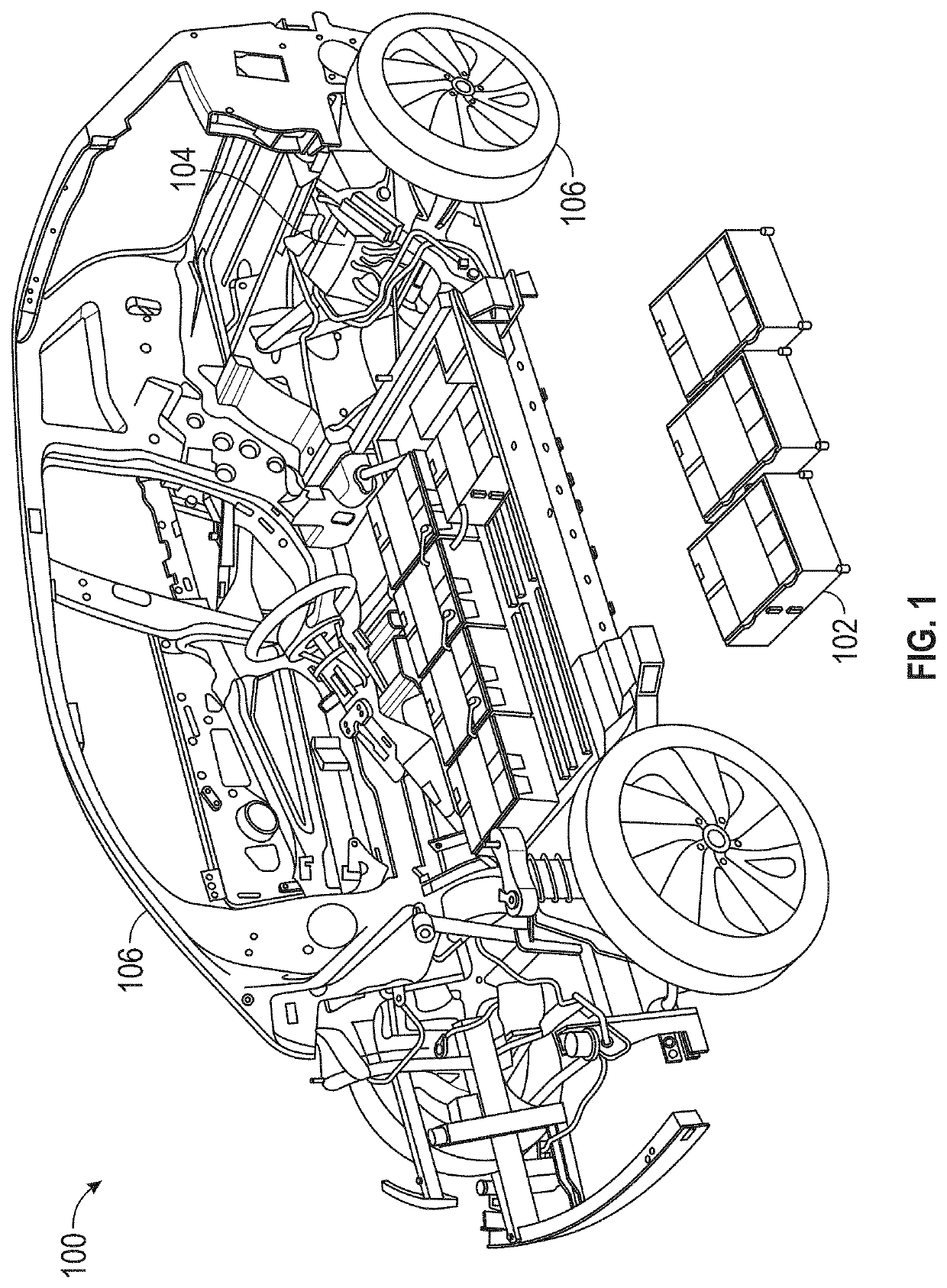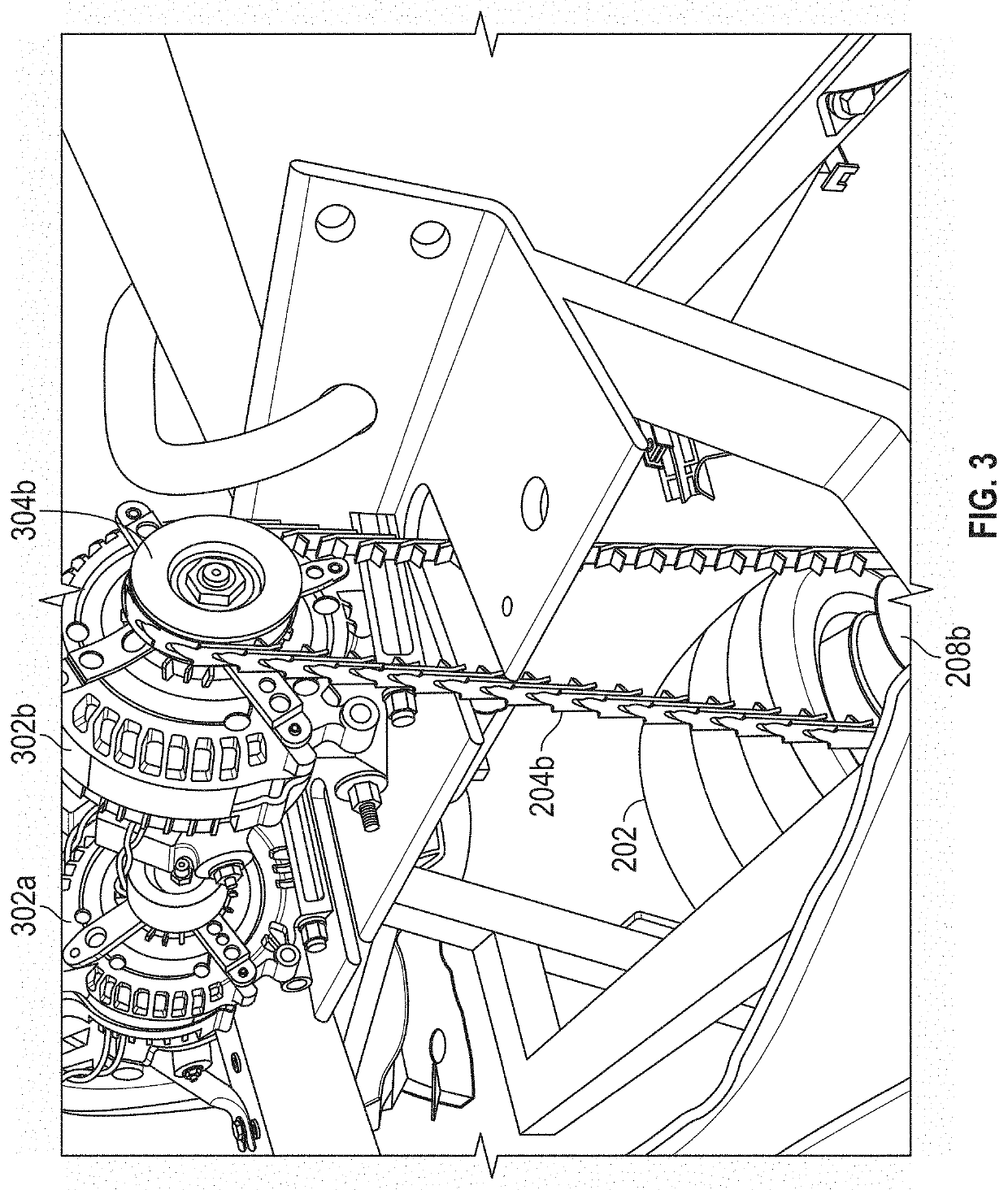Methods, systems and apparatus for powering a vehicle
a technology for providing energy and vehicles, applied in the direction of capacitor collector combinations, machines/engines, vehicle sub-unit features, etc., can solve the problems of inconvenient or cumbersome wired and wireless stationary charging systems, many undesirable limitations, degradation of energy transfer efficiency or loss,
- Summary
- Abstract
- Description
- Claims
- Application Information
AI Technical Summary
Benefits of technology
Problems solved by technology
Method used
Image
Examples
Embodiment Construction
[0064]The detailed description set forth below in connection with the appended drawings is intended as a description of exemplary embodiments and is not intended to represent the only embodiments in which the invention may be practiced. The term “exemplary” used throughout this description means “serving as an example, instance, or illustration,” and should not necessarily be construed as preferred or advantageous over other exemplary embodiments. The detailed description includes specific details for providing a thorough understanding of the exemplary embodiments. In some instances, some devices are shown in block diagram form.
[0065]An electric vehicle (EV) is used herein to describe a vehicle that includes, as at least part of its locomotion capabilities, electrical energy derived from energy sources (e.g., one or more energy generation devices and energy storage devices, for example rechargeable electrochemical cells, capacitors, ultra-capacitors, other types of batteries, and ot...
PUM
 Login to View More
Login to View More Abstract
Description
Claims
Application Information
 Login to View More
Login to View More - R&D
- Intellectual Property
- Life Sciences
- Materials
- Tech Scout
- Unparalleled Data Quality
- Higher Quality Content
- 60% Fewer Hallucinations
Browse by: Latest US Patents, China's latest patents, Technical Efficacy Thesaurus, Application Domain, Technology Topic, Popular Technical Reports.
© 2025 PatSnap. All rights reserved.Legal|Privacy policy|Modern Slavery Act Transparency Statement|Sitemap|About US| Contact US: help@patsnap.com



